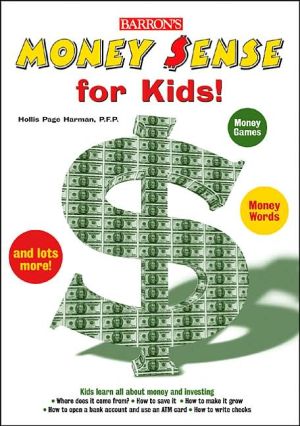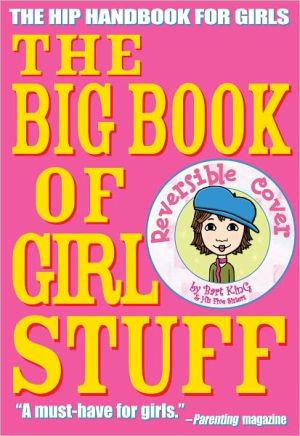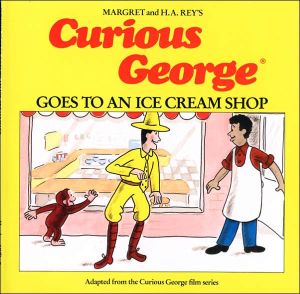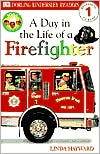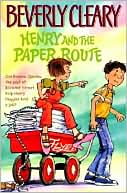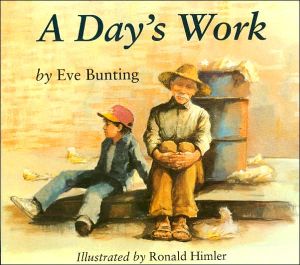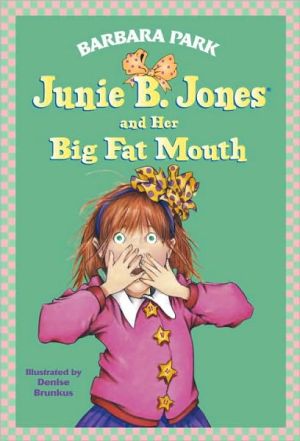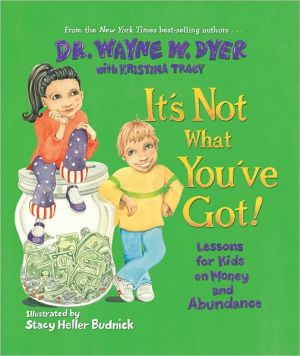Money Sense for Kids
Updated with new illustrations showing new-issue currency, new information, and several new features, this popular title for older boys and girls tells the story of money.\ \ How and where is it printed?\ What do all those long numbers and special letters on currency mean?\ How are the newly designed bills improvements over the old ones?\ How can banks afford to pay interest?\ \ Here too are questions and answers that have special meaning for kids. For example, how can boys and girls find...
Search in google:
[back cover] Ideas for boys and girls on how to earn, save, budget, and invest their own money . . . Updated with new illustrations showing new-issue currency, new information, and lots more new features, here's the book that tells the story of money. . . How and where is money printed? What do all those long numbers and special letters on currency mean? How are the newly designed bills improvements over the old ones? How can banks afford to pay interest? How can kids find savings programs designed especially for them? How can kids start to invest their own money? PLUS Puzzles and games that focus on money Nancy Zachary - VOYAFactual information about the monetary system is presented in a conversational narrative that clearly undercuts the significance of the material. The historical background about U.S. currency is accurately detailed with pictures of each of the bills and explanations of all of the symbols. Bank accounts, earnings and risk, social security numbers, and money math are highlighted in simple text that is appropriate for upper elementary readers and middle school students. Stocks and bonds and mutual funds are clearly defined, with an emphasis on saving money and growing diverse investments. Complex ideas are simplified into precise yet childish dialogue. Money games, additional resources, and a subject index are included as well as a selection of charts and graphs. The author's efforts to personalize the text, however, fall short of providing a solid reference tool. Using terms like "on the dole," "tightwad," or "wad of dough" seems grossly inappropriate. "Calculators are friendly" is not the most serious introduction to the tool, although the author describes games to play with it. Although one might applaud the breadth of information that is assembled here, this title cannot be recommended for young adult collection shelves. VOYA CODES: 2Q 2P M J (Better editing or work by the author might have warranted a 3Q; For the YA with a special interest in the subject; Middle School, defined as grades 6 to 8; Junior High, defined as grades 7 to 9). 2004, Barron's, 180p.; Glossary. Index. Illus. Charts. Biblio. Further Reading., Trade pb. Ages 11 to 15.
\ VOYAFactual information about the monetary system is presented in a conversational narrative that clearly undercuts the significance of the material. The historical background about U.S. currency is accurately detailed with pictures of each of the bills and explanations of all of the symbols. Bank accounts, earnings and risk, social security numbers, and money math are highlighted in simple text that is appropriate for upper elementary readers and middle school students. Stocks and bonds and mutual funds are clearly defined, with an emphasis on saving money and growing diverse investments. Complex ideas are simplified into precise yet childish dialogue. Money games, additional resources, and a subject index are included as well as a selection of charts and graphs. The author's efforts to personalize the text, however, fall short of providing a solid reference tool. Using terms like "on the dole," "tightwad," or "wad of dough" seems grossly inappropriate. "Calculators are friendly" is not the most serious introduction to the tool, although the author describes games to play with it. Although one might applaud the breadth of information that is assembled here, this title cannot be recommended for young adult collection shelves. VOYA CODES: 2Q 2P M J (Better editing or work by the author might have warranted a 3Q; For the YA with a special interest in the subject; Middle School, defined as grades 6 to 8; Junior High, defined as grades 7 to 9). 2004, Barron's, 180p.; Glossary. Index. Illus. Charts. Biblio. Further Reading., Trade pb. Ages 11 to 15. \ —Nancy Zachary\ \ \ \ \ School Library JournalGr 4-7-In this updated edition of her 1999 title (Barron's; o.p.), Harman once again presents a comprehensive guide. Part one introduces different types of U.S. currency including the symbols, material, and history of paper and coins. The author explains the complicated path that money takes from the mint to banks to the consumer. Part two focuses on how to obtain a social security number and the purpose in having one and suggests how to earn money. Part three introduces the concept of how to make it grow and suggests ways to invest in stocks and bonds. Clear, easy-to-follow exercises are provided for each chapter, e.g., dividing an allowance into three jars-"Now," "Short Term," and "Long Term." "Money Games" adds an element of fun and provides activities to be shared with an adult. A solid addition for recreational reading and for reports.-Kathleen A. Nester, Downingtown High Ninth Grade Center, PA Copyright 2004 Reed Business Information.\ \
